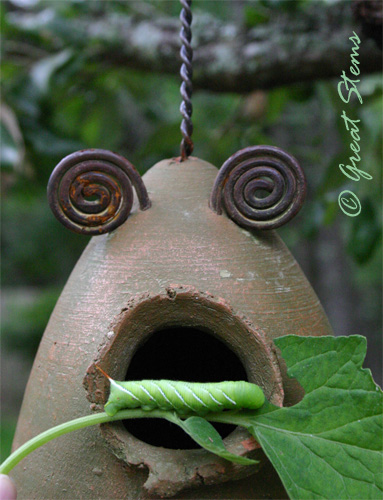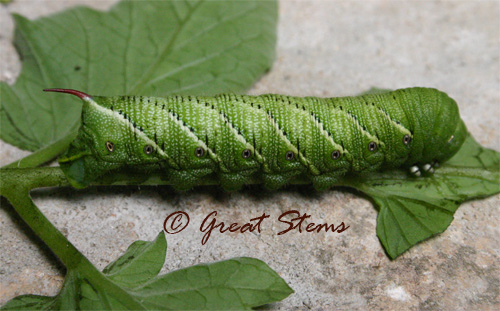As the sun peeked up over the trees this morning, I stepped outside to take delight in the dew-covered garden. The rains this fall have brought about a colorful wave of blooms and greenery.
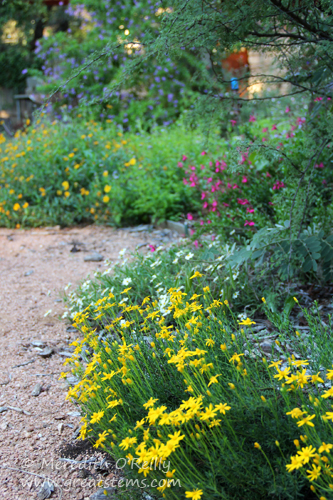
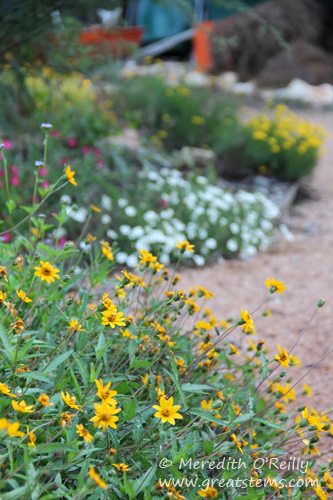
It might not look like it, but this area of my garden gets the worst of the summer sun, with rarely any water from me. This is why I love native Texas plants! They know how to conserve their energy in the summer heat. Then when fall rains come around, they perk up and smile (well, bloom).
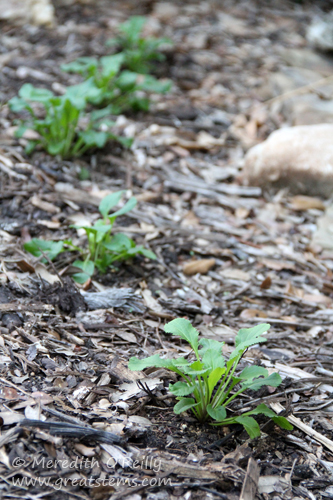
In fact, it’s Texas Native Plant Week right now (October 20-26, 2013). I started the week by getting the rest of my natives planted in the ground, all purchased from the fall Wildflower Plant Sale. I’ve been adding new species to further increase the biodiversity, including Chickasaw Plum, Wild Blue Indigo, Cardinal Catchfly, Foothill Beargrass, Paleleaf Yucca, Green Sotol, Desert Honeysuckle, and others. Above, I’ve planted more Golden Groundsel, a favorite.
The rest of the week, I’ve been helping get lots of native plants to schools in the Austin area. The students are learning about natives such as Flame Acanthus, Skeletonleaf Goldeneye, Purple Coneflower, Shrubby Boneset, Engelmann’s Daisy, and many more. They are also learning about why all these plants are so important for wildlife and for Texas.
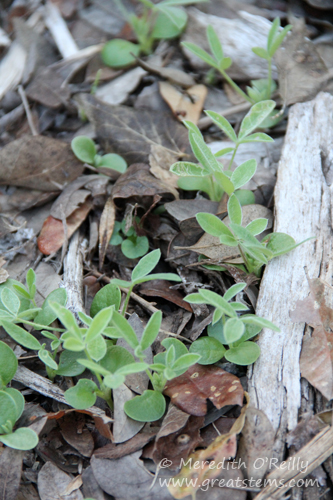
I’ve been spreading the Bluebonnet love, too. So many seedlings are cropping up this fall, far too many for my garden. I’ve given away more than a hundred little transplants already, and I’m helping others give away their excess seedlings, too. The 2nd graders I’m working with absolutely loved planting a bluebonnet garden at their school.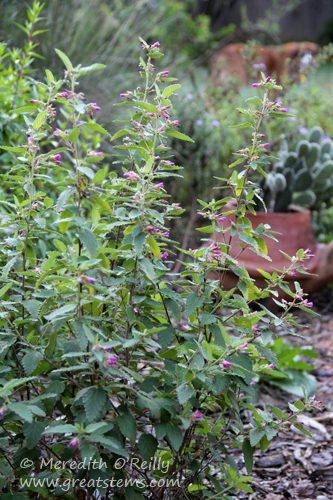
One of my favorite native plants is Pyramid Bush (Melochia tomentosa), a sweet little shrub I purchased at the Wildflower Center last year. In the early morning, the flowers are all closed up.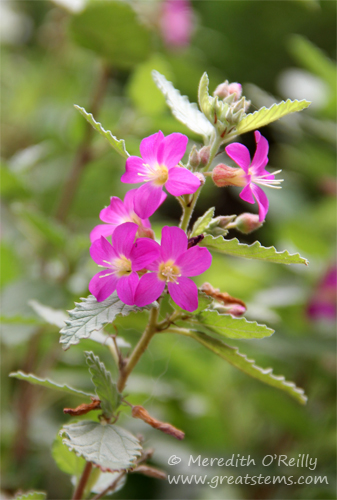
But in the warmth of the day, the blooms open, proving a touch of pink to the garden.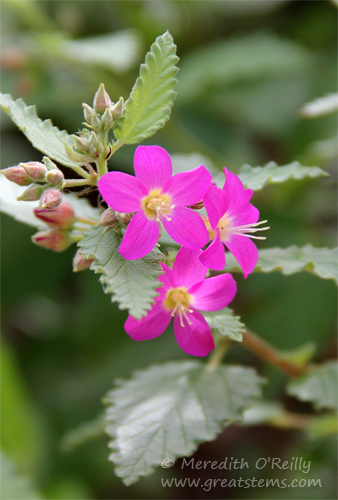
Don’t let the dainty flowers fool you — this plant is a hardy survivor, taking on the full summer sun without needing much water.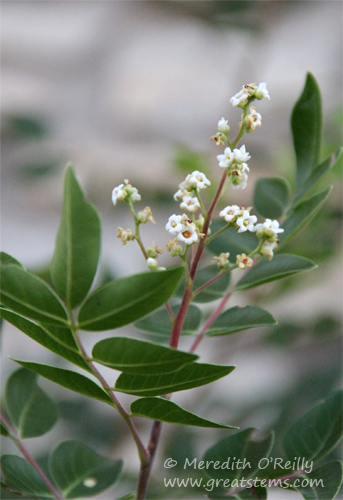
Elsewhere on our property, the Evergreen Sumacs are in bloom. Berries will soon follow.
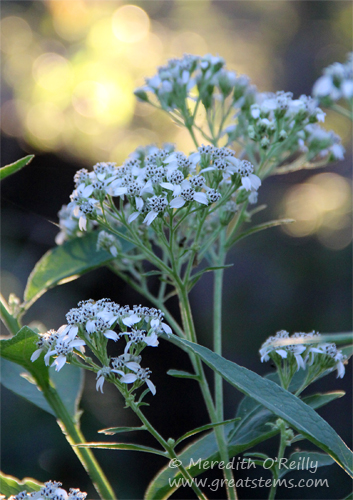
The Frostweed is tall and in full bloom, too, looking extra lovely when backlit by the morning sun.
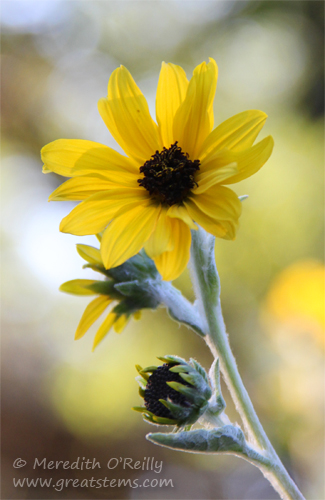
The sun’s early morning lighting also highlighted another tall flower, a Silverleaf Sunflower.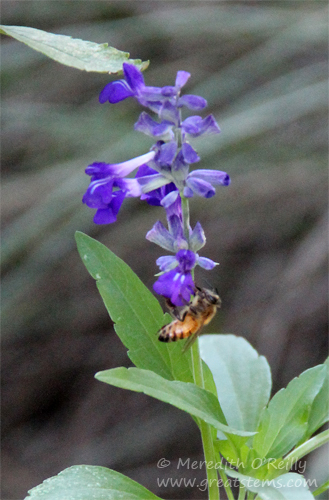
This little honeybee was the first pollinator of the cool, early morning. First come, first served! Clever little bee… or at least a very hard worker.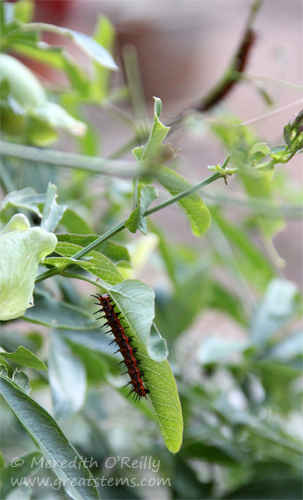
The Gulf Fritillary caterpillars are hungrily eating up the Passionvine. We have chrysalises all over the stone on the back of the house, and more can be found on vines, trellises, and trees. I’ve been providing caterpillars to the school teams I’m working with. It’s nice to be able to share this amazing life cycle. At the rate they are going, though, my vine is going to be a skeleton before long. But that’s how the cycle goes — it will be bigger than ever next year.
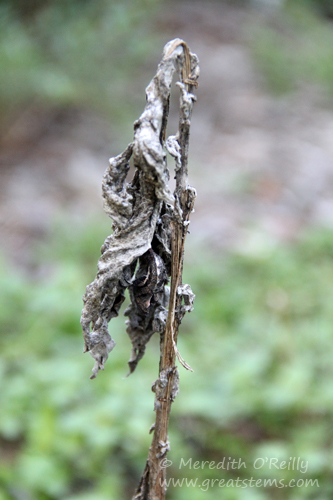
Surprisingly, one caterpillar wandered all the way to the front yard before making its “J” and chrysalis. Of all things, it chose a dead little sunflower as its chrysalis spot. Lucky for it, I noticed it while planting and weeding — I almost yanked the plant away! But I left the caterpillar and the plant, and by next morning, there was the chrysalis. Do you see it in the image above?
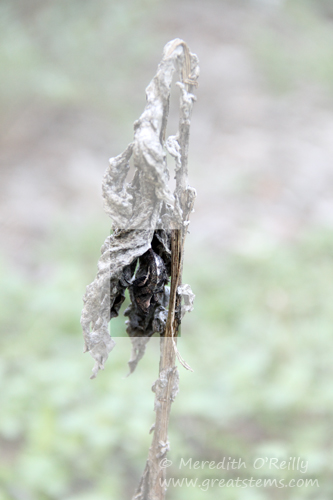
There it is!
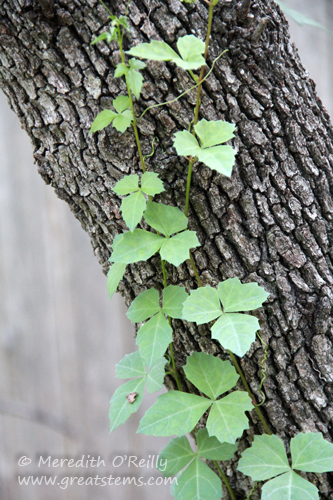
Way back in the backyard, a Cow-itch Vine (Cissus trifoliata) is growing, presumably planted by some bird. While I’m neutral about the vine in general, it turns out that it is the host plant for a couple of special moths found here in Texas, including the Vine Sphinx Moth and Wilson’s Wood-nymph Moth. So of course, I’m letting it stay.
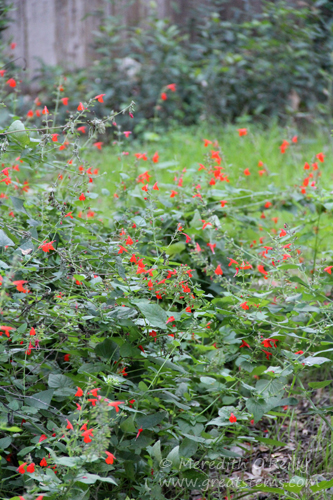
Nearby, Tropical Sage (Salvia coccinea) is king of the woodland area, being allowed to reseed freely. The hummingbirds love this area.
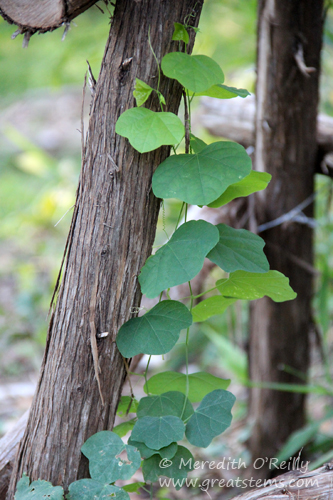
Under other shady trees, I was pleased to see that the Yellow Passionflower (Passiflora lutea) has finally found the cedar trellis we made for it.
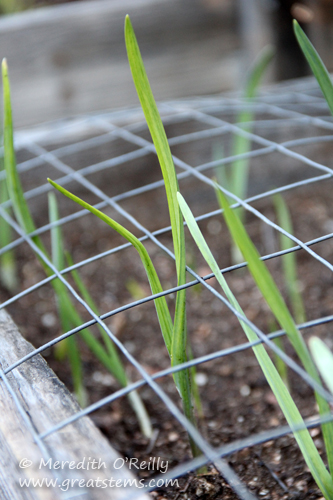
Not to be outdone by the natives, the veggie garden is looking great, too. Fall is so very much my favorite time to plant in Texas. We’ve had to cage a few newly seeded areas, as some nocturnal culprit has been digging into the beds a bit. Luckily, the garlic above does not find a cage an obstacle. This year’s garden includes cauliflower, broccoli, kohlrabi, garlic, shallots, snap peas, strawberries, lettuce, kale, spinach, and carrots, as well as many, many herbs. Loving it.
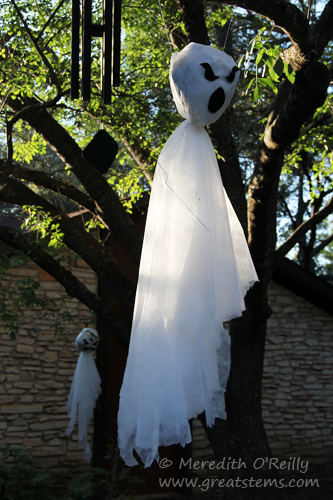 .
.
An error in measuring out garden fabric for one of the veggie beds proved to be a timely mistake. We turned our boo-boo into ghostly decorations. Boo! Boo! Get it?
Wonderful fall. Happy gardener.
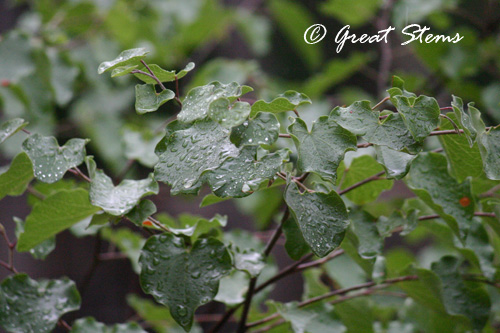
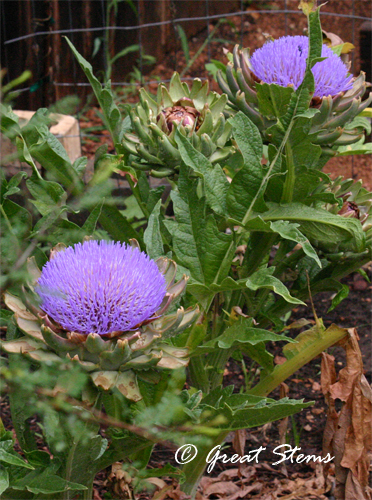
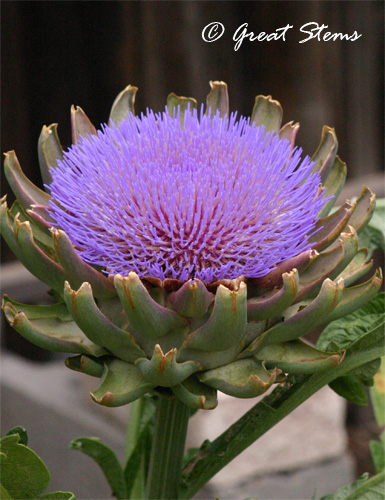
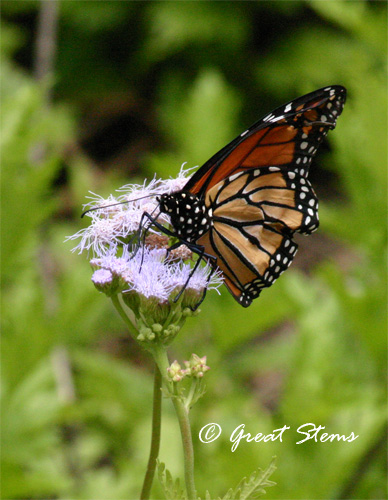
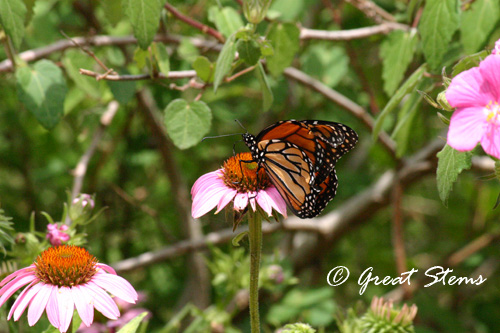
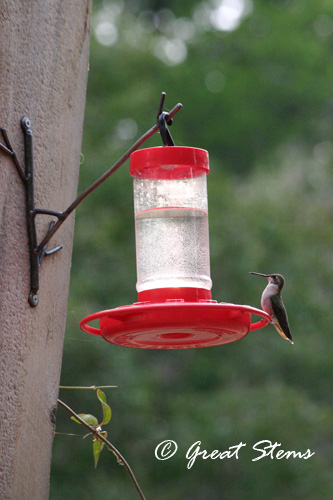
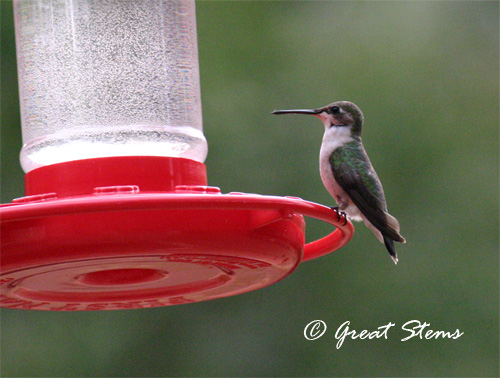
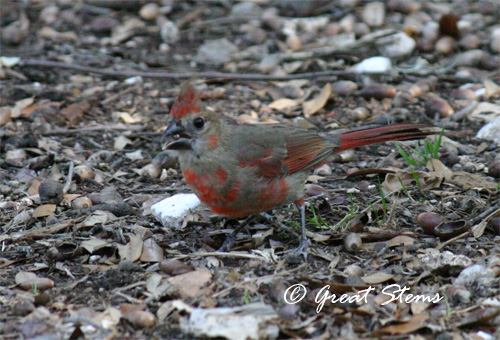
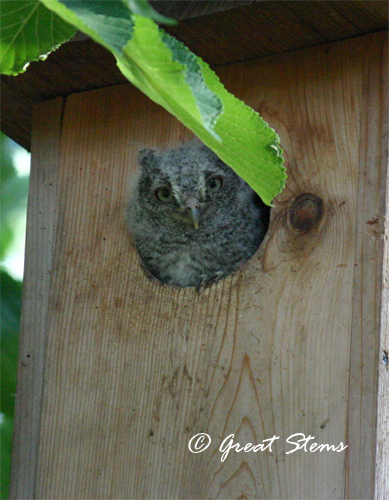
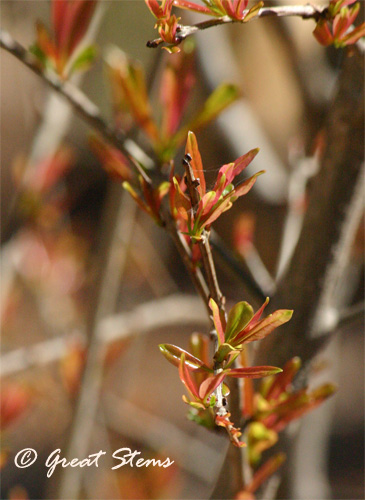
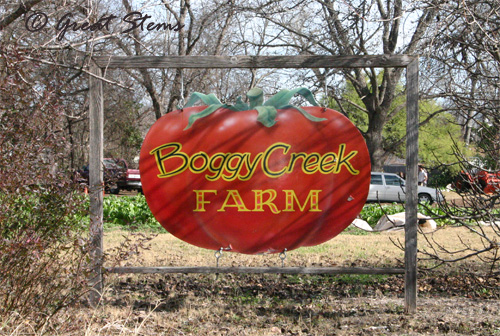
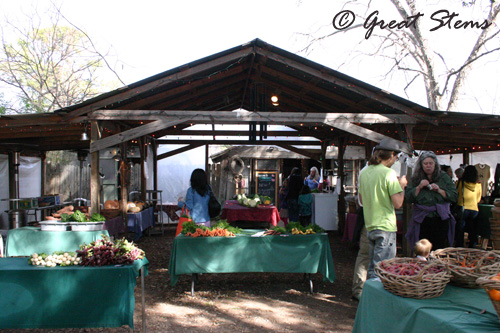 Boggy Creek Farm offers fresh organic produce at their popular on-the-farm market stand twice a week, Wednesdays and Saturdays from 9am to 1pm.
Boggy Creek Farm offers fresh organic produce at their popular on-the-farm market stand twice a week, Wednesdays and Saturdays from 9am to 1pm.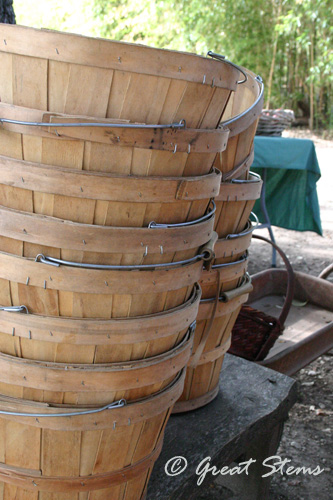
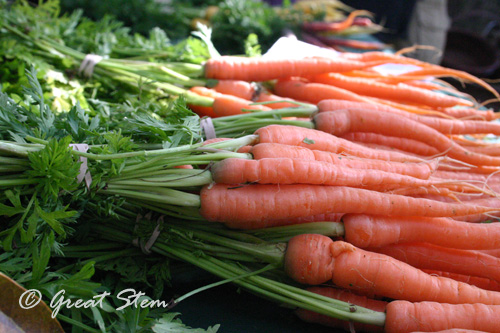
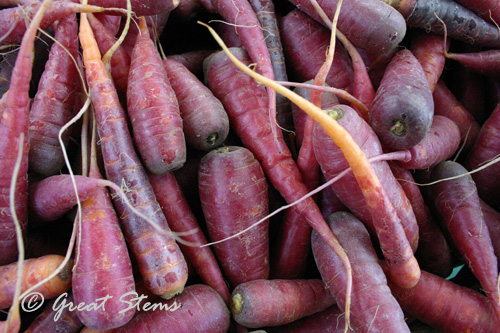 In addition to gorgeous and tasty veggies, fruits, fresh eggs, and other yumminess, they sell locally produced honey, yogurt, goat’s milk, and meats, as well as chocolate, sauces, books, and more. They also offer produce grown on other local organic farms, so that you can always choose from the freshest and largest variety of seasonal produce. During the year, Boggy Creek grows more than 100 kinds of vegetables and fruits.
In addition to gorgeous and tasty veggies, fruits, fresh eggs, and other yumminess, they sell locally produced honey, yogurt, goat’s milk, and meats, as well as chocolate, sauces, books, and more. They also offer produce grown on other local organic farms, so that you can always choose from the freshest and largest variety of seasonal produce. During the year, Boggy Creek grows more than 100 kinds of vegetables and fruits.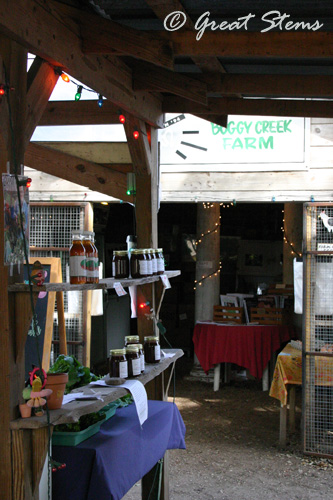
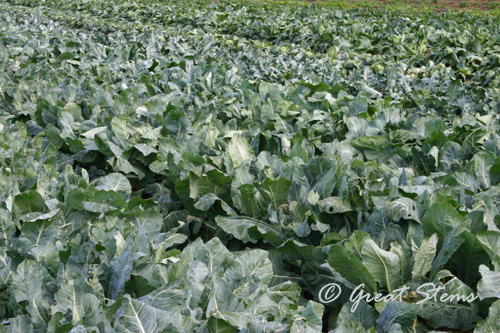
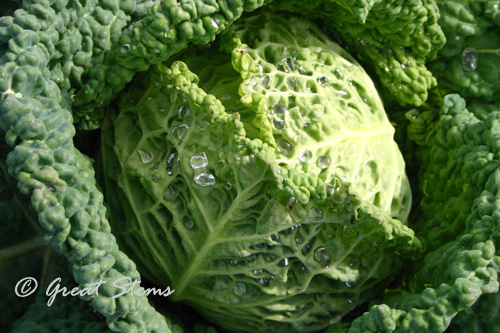
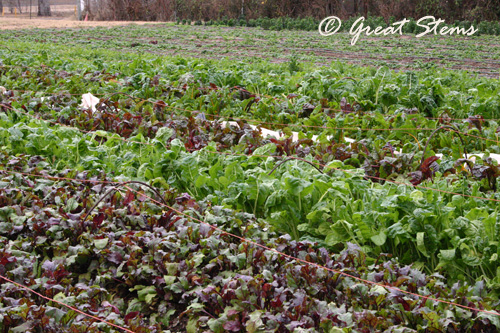 Though I didn’t get to meet Larry, I can tell you that Carol Ann is a gem among Austinites — her passion for organic farming shines through as she shares stories of her hens and of life on the farm. She was kind enough to give our family a personal tour, including a meet-and-greet with the chickens.
Though I didn’t get to meet Larry, I can tell you that Carol Ann is a gem among Austinites — her passion for organic farming shines through as she shares stories of her hens and of life on the farm. She was kind enough to give our family a personal tour, including a meet-and-greet with the chickens.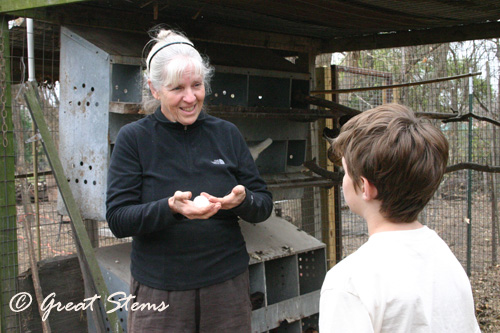
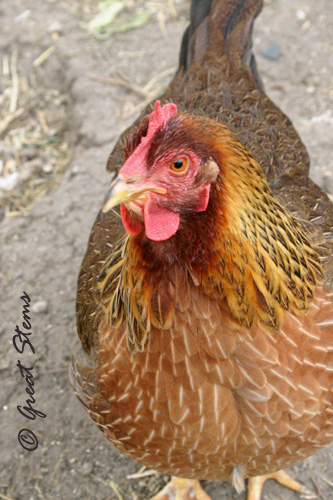
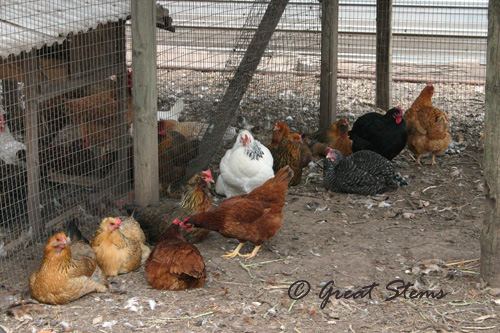 The chickens are family pets — all 80 of them. They live the good life, right up through their old age. The oldest hen on the farm, shown below, is a remarkable 17 years old!
The chickens are family pets — all 80 of them. They live the good life, right up through their old age. The oldest hen on the farm, shown below, is a remarkable 17 years old!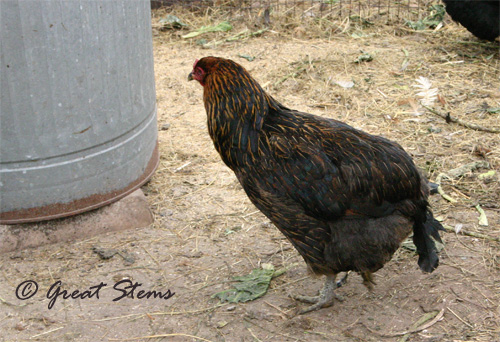
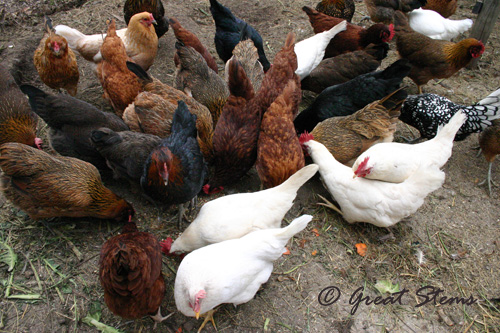 All the chickens are beautiful, healthy, and happy, and they have a safe home long after they stop laying eggs.
All the chickens are beautiful, healthy, and happy, and they have a safe home long after they stop laying eggs.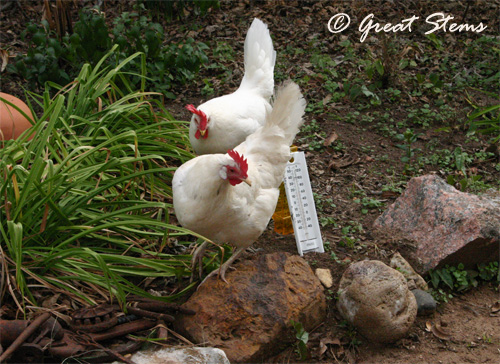
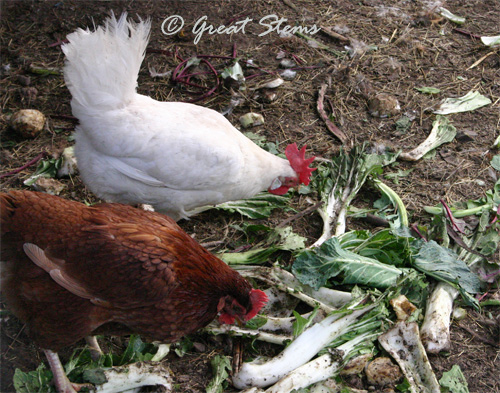 To complete their well-balanced diet, the chickens are fed a locally-milled
To complete their well-balanced diet, the chickens are fed a locally-milled 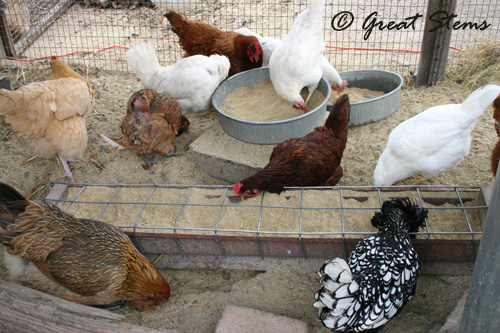
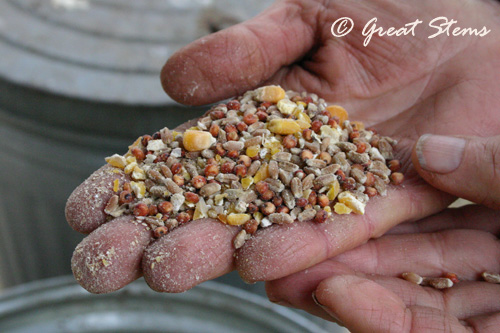
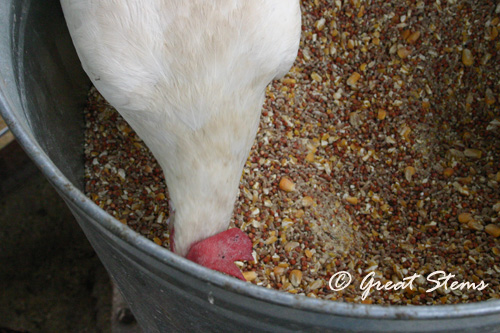
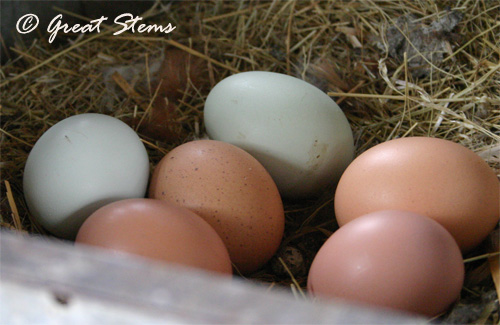
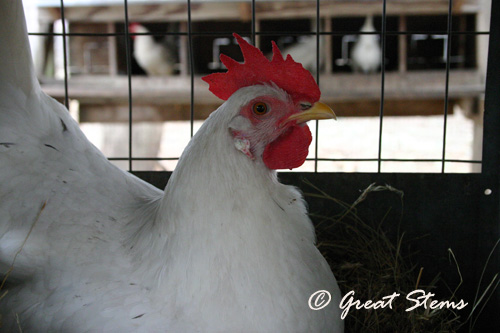
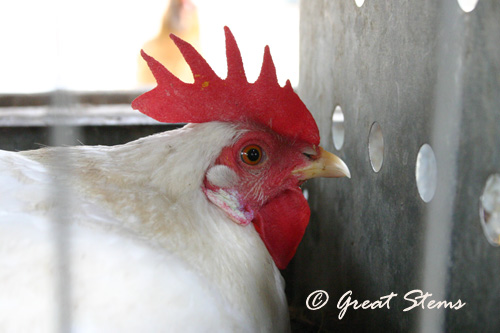 This next one might have minded a little, but I couldn’t resist capturing that
This next one might have minded a little, but I couldn’t resist capturing that 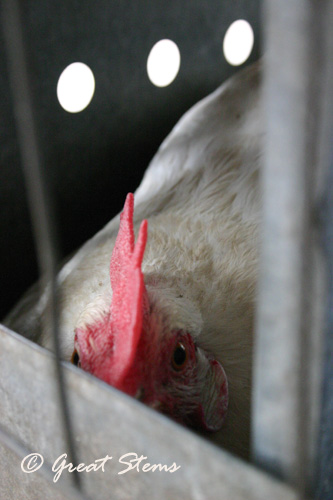
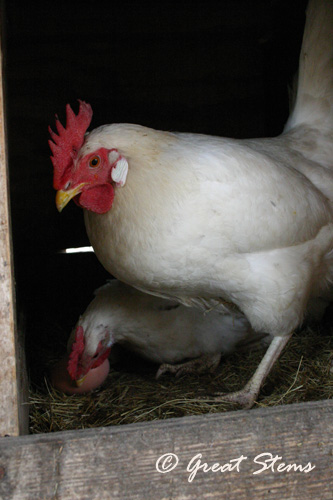
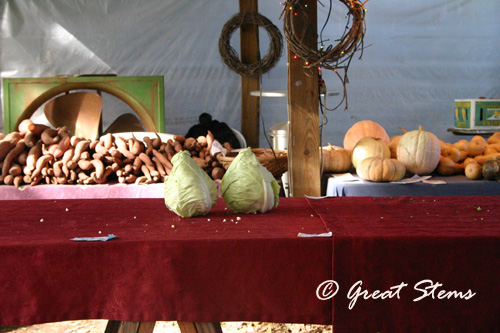
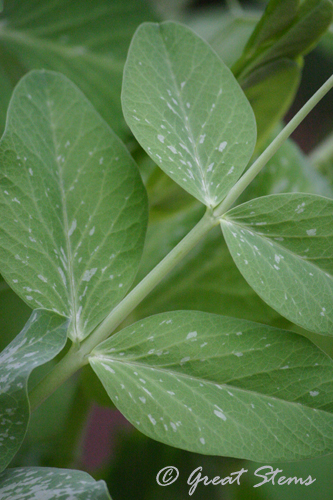
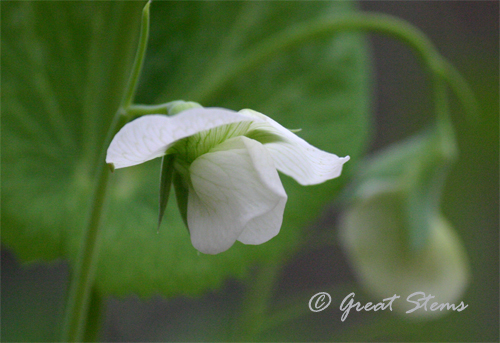 Usually I feast on them right in the garden, having to will myself to save a few for my family. But I’d about given up hope this year — I seemed to be growing lots of green vines with no pea activity in sight.
Usually I feast on them right in the garden, having to will myself to save a few for my family. But I’d about given up hope this year — I seemed to be growing lots of green vines with no pea activity in sight.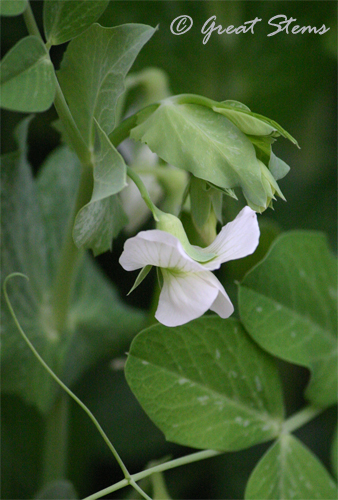
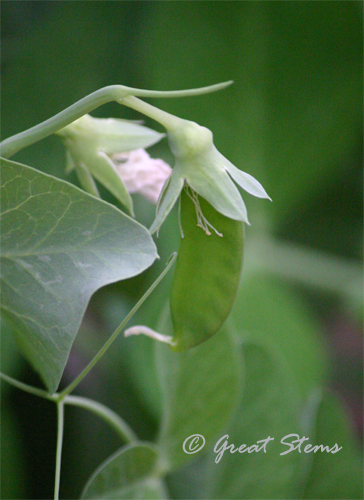

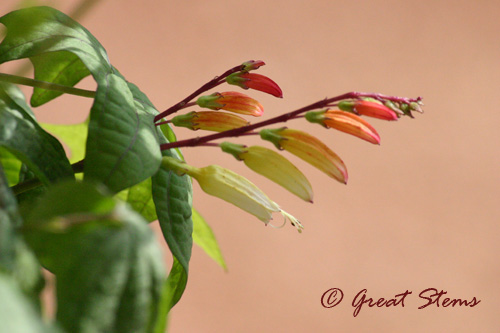
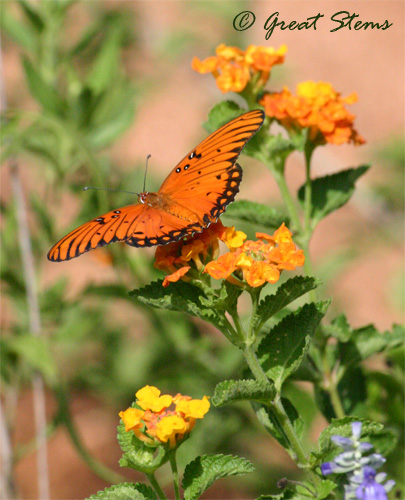
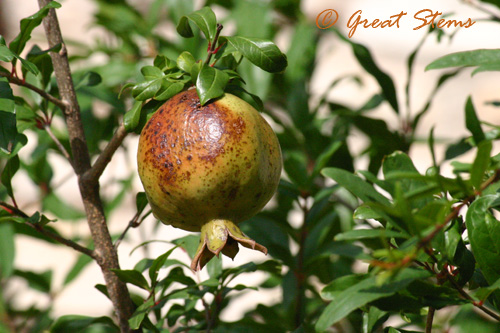
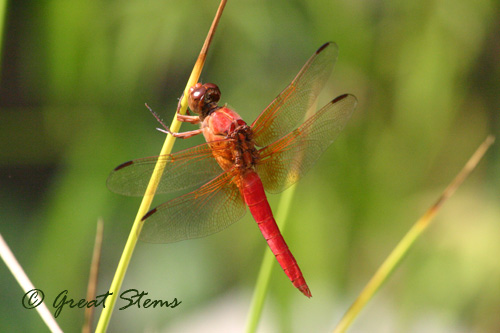
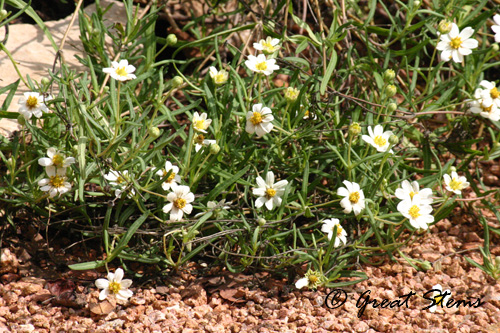
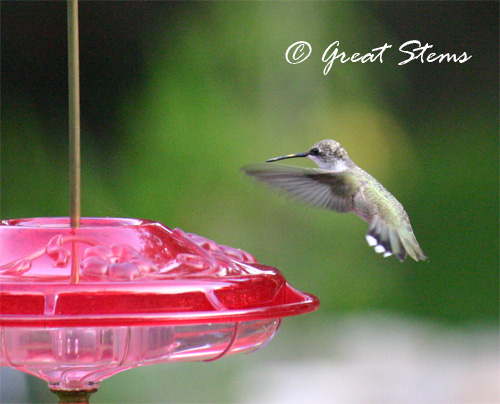
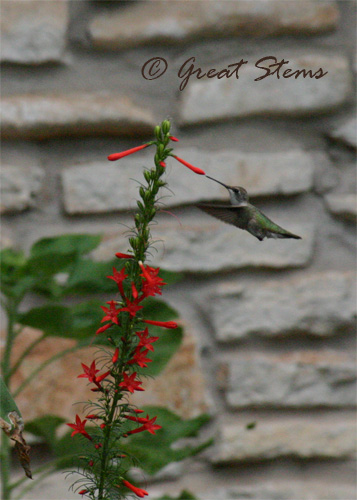
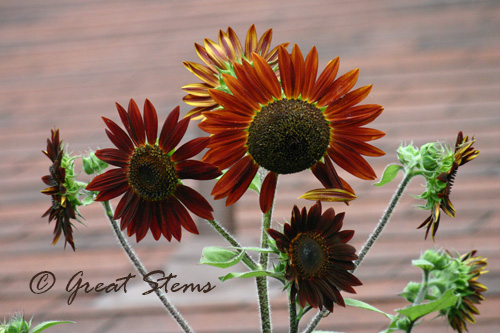

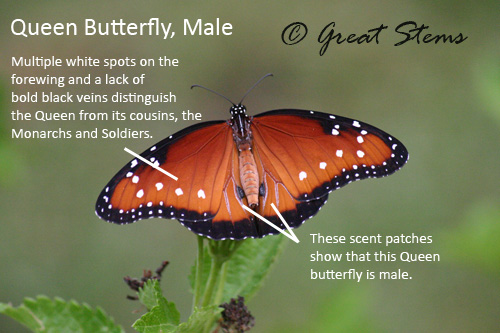
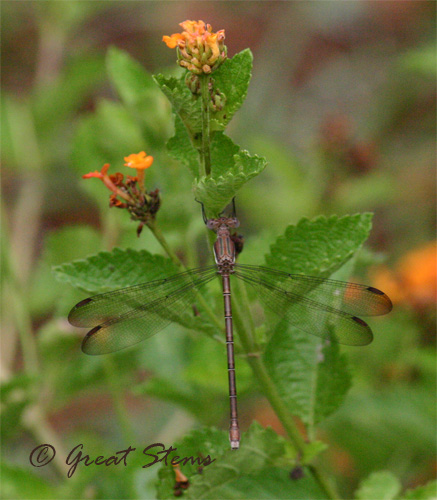
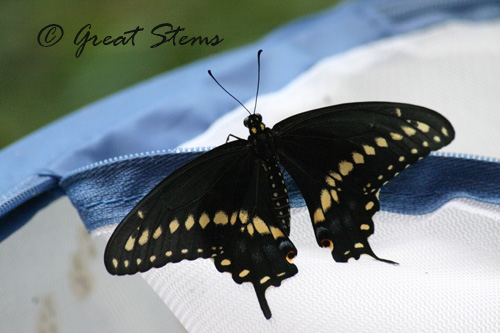
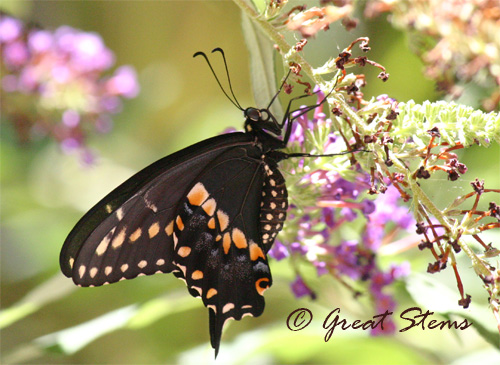
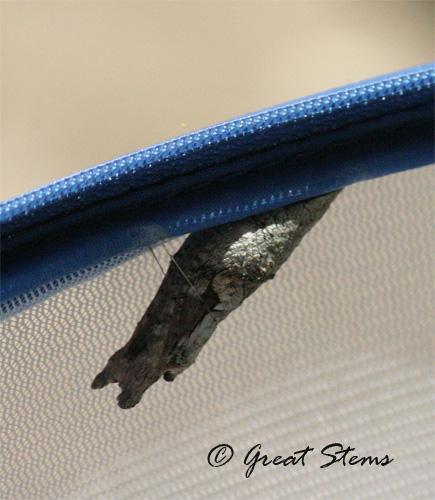
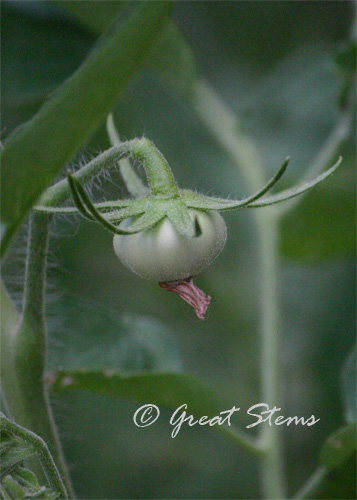
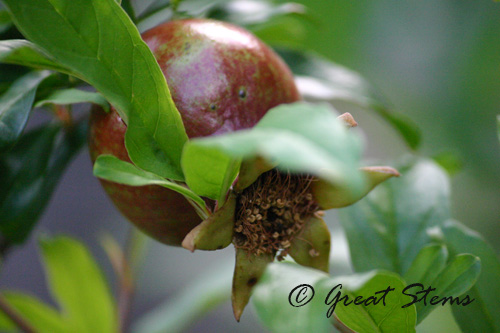
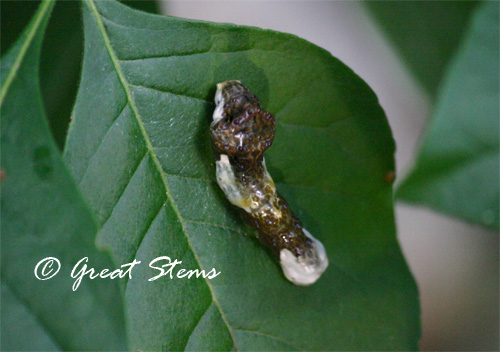
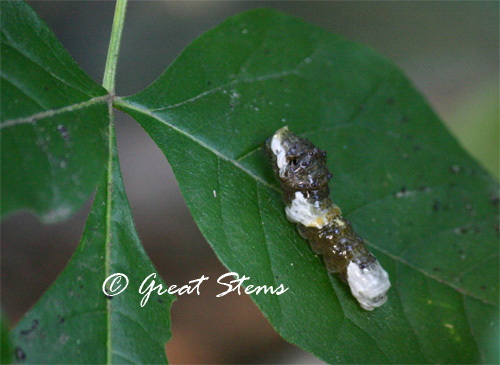
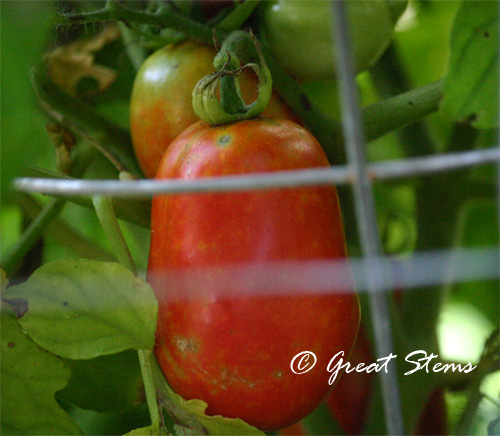
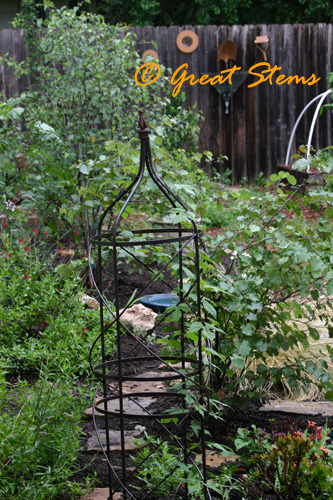
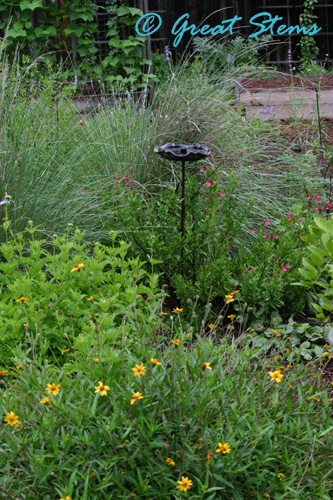 I am envisioning a garden of giants before long — the thought crossed my mind that I might have to trim some of these back at some point. Whoa, that’s too much for this girl to think about right now.
I am envisioning a garden of giants before long — the thought crossed my mind that I might have to trim some of these back at some point. Whoa, that’s too much for this girl to think about right now.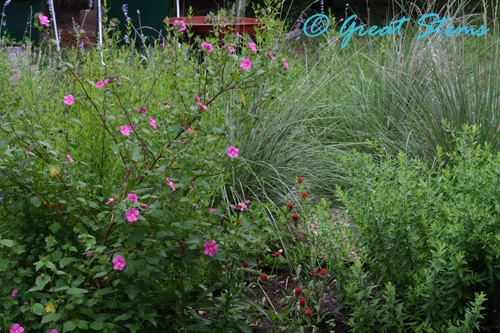
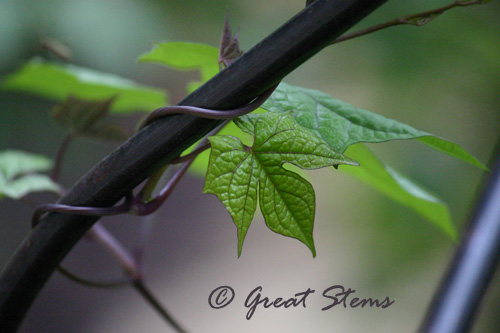
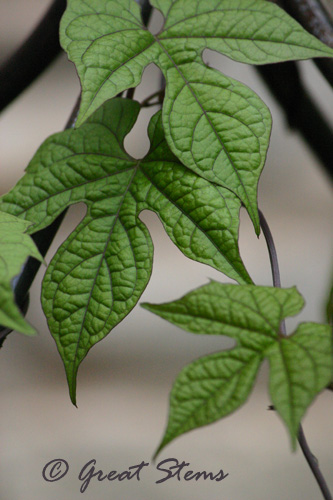
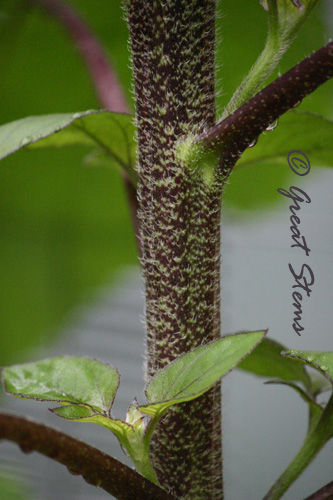
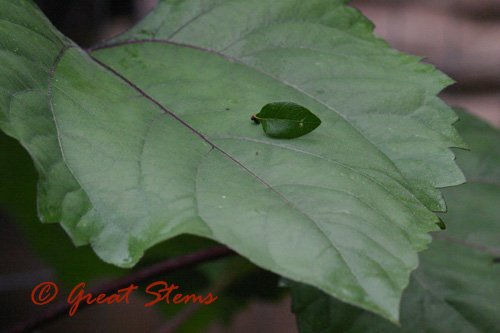
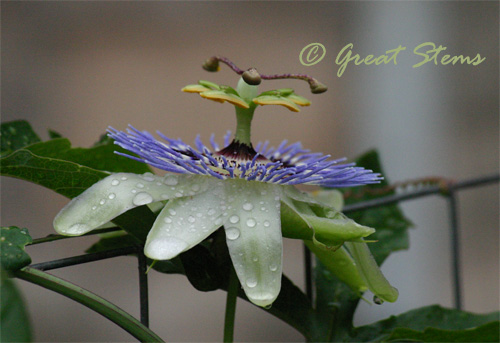
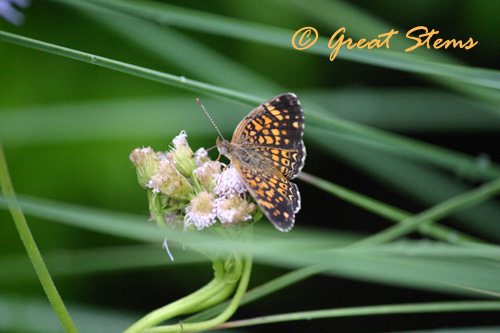
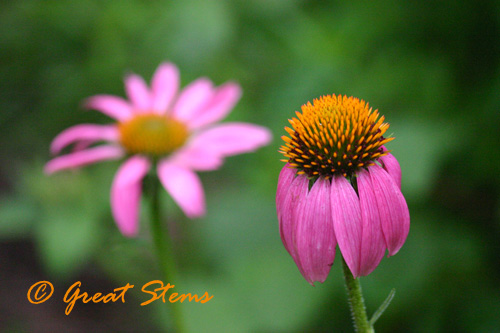
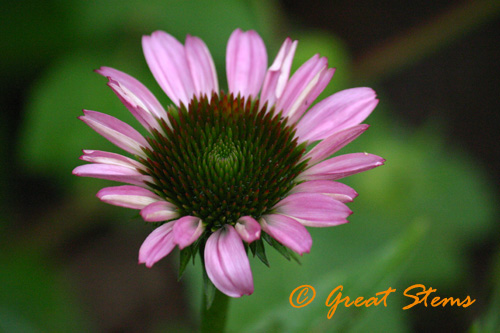
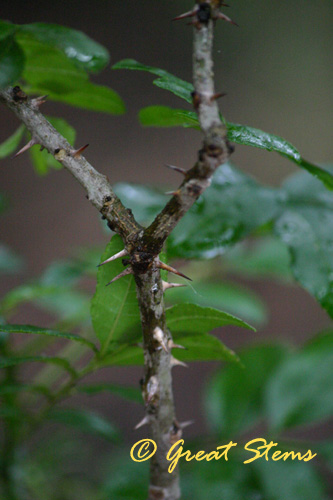
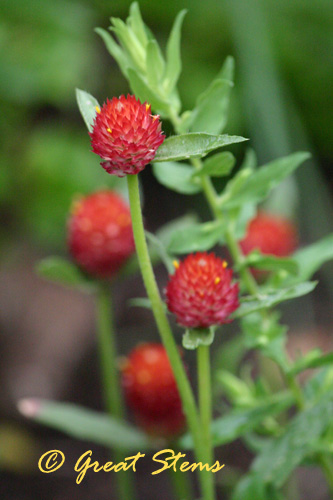
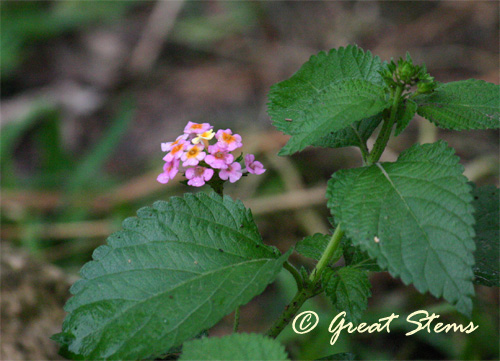
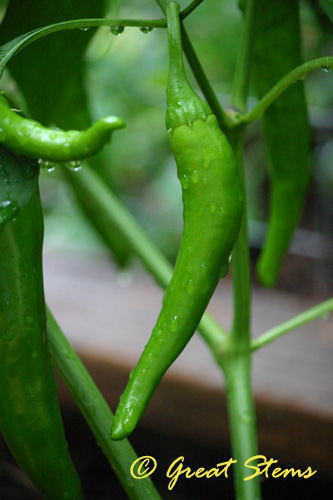
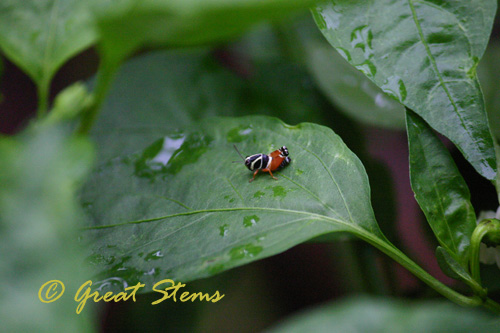
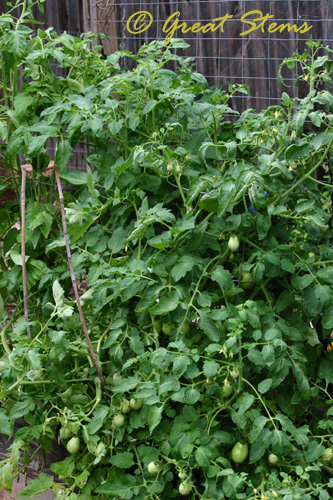
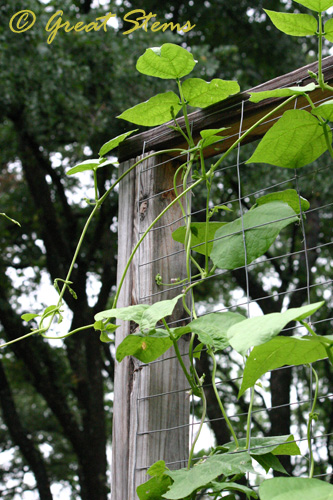
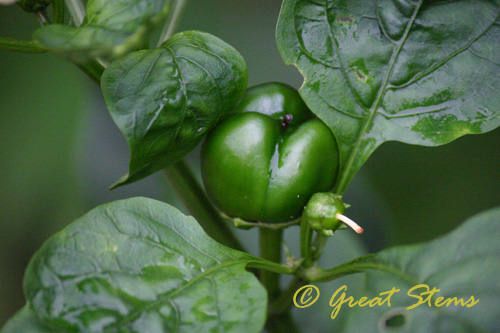
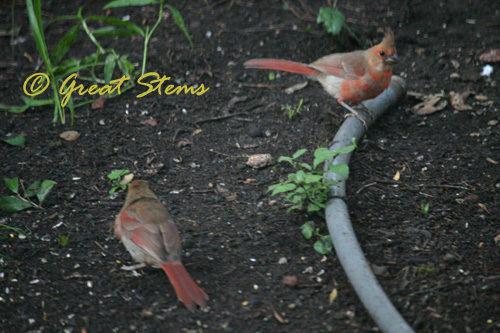
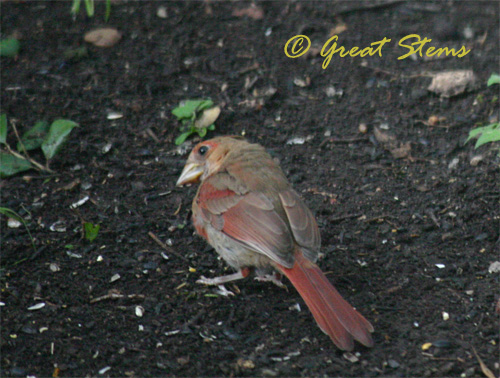
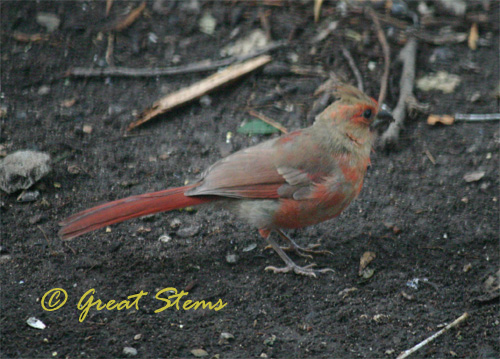
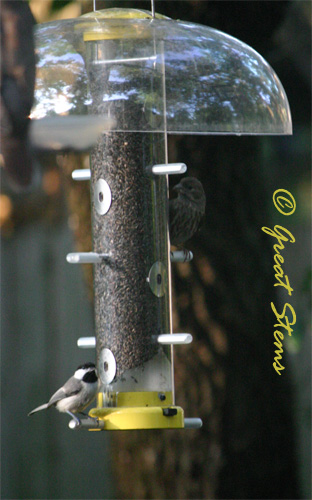
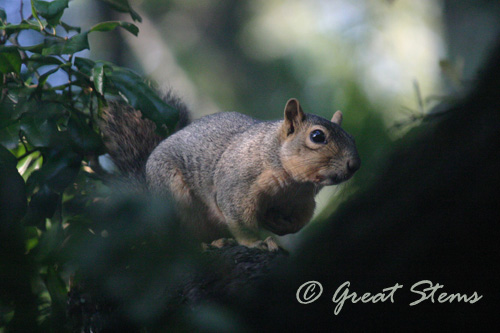
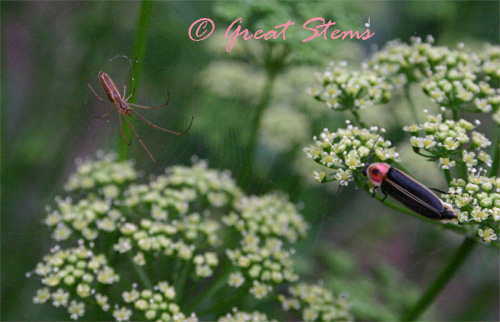
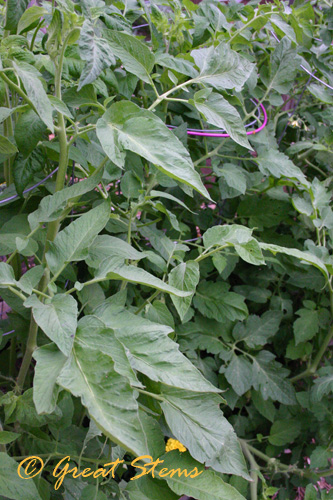
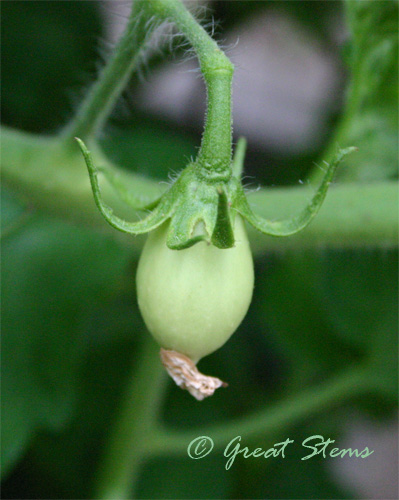 But the other night, a friend came over to share a birthday key lime pie I’d made my husband, and we ventured outside in the dark with flashlight in hand to view my enormous tomato bushes. My friend had been talking about a little green worm he’d found munching on his tomatoes at home, and wouldn’t you know when he reached out to my tomatoes in the dark, he found a “squishy” creature on my tomatoes, too!
But the other night, a friend came over to share a birthday key lime pie I’d made my husband, and we ventured outside in the dark with flashlight in hand to view my enormous tomato bushes. My friend had been talking about a little green worm he’d found munching on his tomatoes at home, and wouldn’t you know when he reached out to my tomatoes in the dark, he found a “squishy” creature on my tomatoes, too!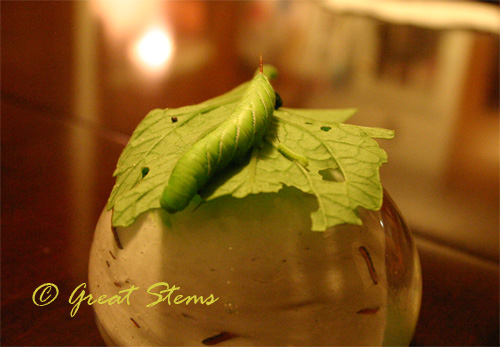
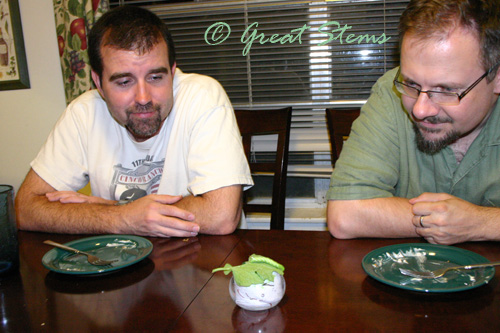
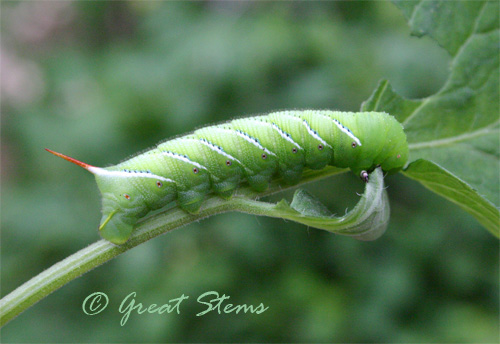
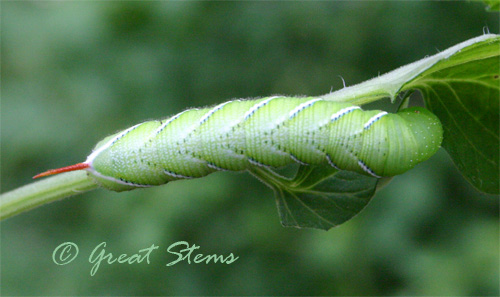 With sadness, this morning the caterpillar will go to the bird feeder tray. I can’t bring myself to do the deed, but perhaps a bird will do the job for me.
With sadness, this morning the caterpillar will go to the bird feeder tray. I can’t bring myself to do the deed, but perhaps a bird will do the job for me.